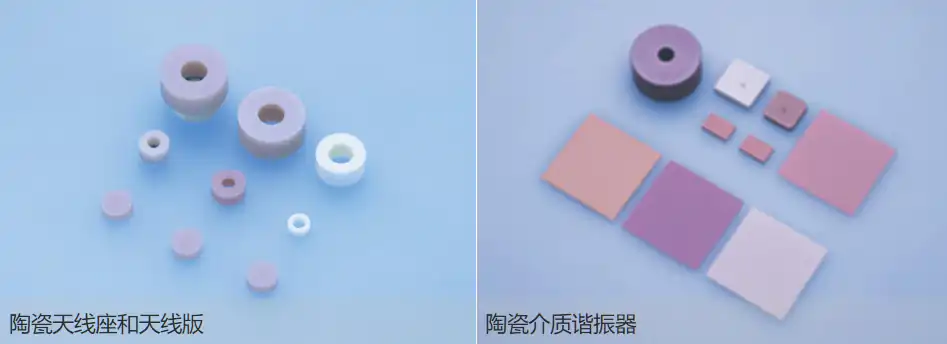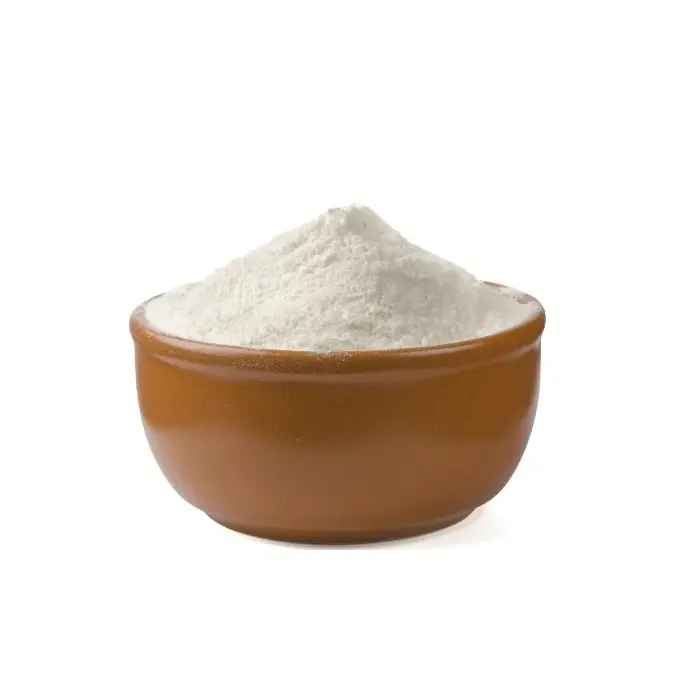1. Introduction to Microwave Dielectrics
Microwave dielectric ceramics, as a new type of electronic material, are used as resonators, filters, dielectric substrates, dielectric antennas, dielectric waveguide circuits, etc. in modern communications. They are widely used in many fields of microwave technology, such as mobile phones, car phones, cordless phones, TV satellite receivers, satellite broadcasting, radar, radio remote control, etc. It is a hot topic in the field of microwave dielectric material research at home and abroad in recent years, so the selection of raw materials is very strict. Magnesium oxide is an important part of the production of microwave dielectric ceramics, and there is an inextricable relationship between it and microwave dielectrics.

2. The role of magnesium oxide in microwave dielectrics
In magnesium oxide, the purity of more than 98% is high-purity magnesium oxide, which has good sintering performance. In low-temperature sintering, no sintering aid is needed to make high-density microwave dielectric ceramics or multifunctional magnesium oxide films. It is very promising to develop it into a cutting-edge material under harsh conditions such as high temperature and high corrosion. High-purity magnesium oxide has high purity, large surface area activity, high dispersibility, and is easy to compound with polymers or other materials. This composite material has good microwave absorption properties, while not reducing the strength, toughness and other indicators of the raw materials, and the addition of fibrous magnesium oxide also has a reinforcing effect.
High-purity nano magnesium oxide (MgO) is added to microwave dielectric ceramics to improve their electrical properties. Magnesium oxide has a high dielectric constant, so it can store electrical energy more efficiently than other materials. When magnesium oxide is added to ceramic materials, it increases the overall dielectric constant of the material, thereby improving its ability to store and transmit electrical energy.
It is worth noting that the amount of magnesium oxide added will also have an impact on the performance of microwave dielectric ceramics. Within a certain range, the dielectric constant will gradually increase with the increase of magnesium oxide content, but when the magnesium oxide content exceeds a certain range, the dielectric constant will gradually decrease. In addition to improving electrical properties, magnesium oxide also helps control the sintering process. Sintering is the process of heating a ceramic material to a high temperature and then cooling it into a solid. Magnesium oxide controls the sintering process by reducing the sintering temperature of the ceramic material. It reduces the energy required for the sintering process, making it more energy-efficient.
In addition, magnesium oxide can improve the strength and durability of the finished ceramic object by helping to control the grain size of the material during the sintering process. In summary, adding appropriate amounts of magnesium oxide to microwave dielectric ceramics can improve their electrical properties and control the sintering process, resulting in more energy-efficient and durable ceramic products.

